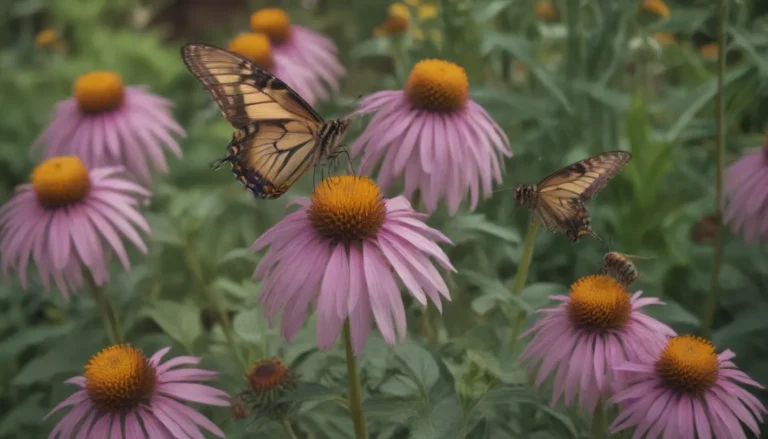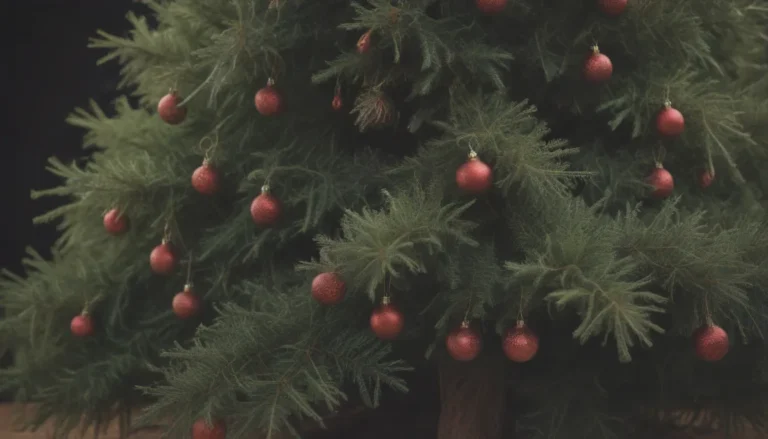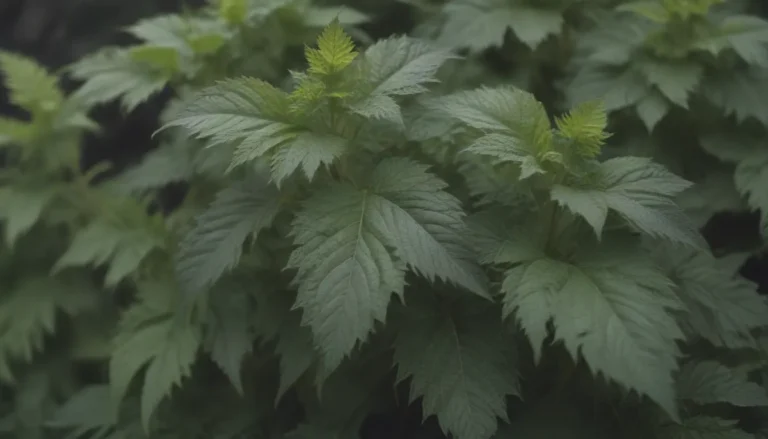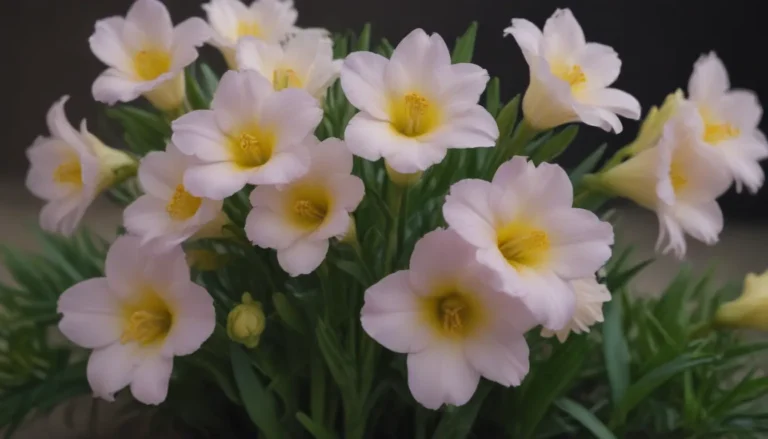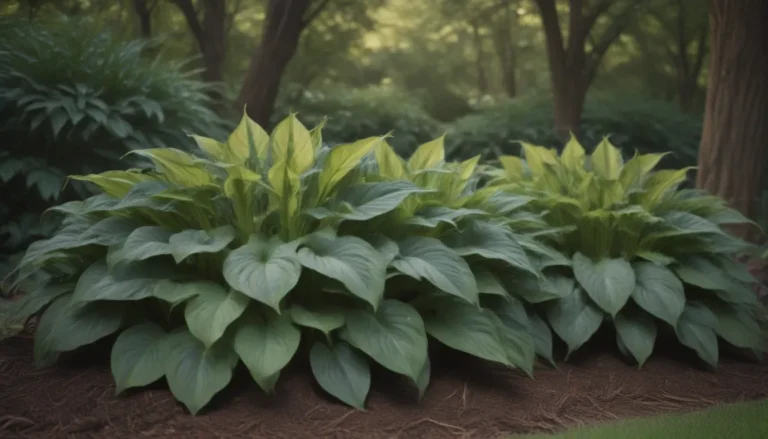The Ultimate Guide to Caring for Your New York Asters

If you’re looking to enhance your garden while also supporting local wildlife and conserving water, native plants like the New York aster are a fantastic choice. This low-maintenance North American native plant is not only beautiful but also incredibly beneficial for your garden ecosystem. In this comprehensive guide, we’ll cover everything you need to know to care for your New York asters like a pro.
What Are New York Asters?
With their daisy-like appearance and vibrant colors, New York asters add a pop of beauty to any fall landscape. Formerly categorized under the Aster genus, they are now classified as part of the Symphyotrichum genus. These deer-resistant flowers are perfect for rock gardens, cottage gardens, and coastal landscapes. All they need is a sunny spot with well-draining soil to thrive.
New York Asters Care
Here are the main care requirements for growing healthy and beautiful New York asters:
Light
To ensure your New York asters bloom to their full potential, place them in a sunny spot where they will receive at least six to eight hours of sunlight every day. While they can tolerate some shade, they won’t produce as many impressive flowerheads.
Soil
New York asters are adaptable to various soil types, but they prefer well-draining soil rich in organic matter. Sandy, loamy, or clay soils can all support these plants, but fertile, loamy soil will help them thrive and produce prolific blooms.
Water
These plants are relatively drought-tolerant, but they don’t like to be left dry for too long. Keep the soil evenly moist (but not soggy) to promote healthy growth and vibrant flowers.
Temperature and Humidity
New York asters prefer temperate climates and average humidity levels. Extreme heat or cold can cause wilting, but these plants are resilient and can bounce back once temperatures stabilize.
Fertilizer
While native plants typically don’t require fertilizer, you can boost the blooming and growth of your New York asters by providing them with nutrients. Use a water-soluble fertilizer high in phosphorus at the beginning of the growing season to promote root and flower development.
Types of New York Asters
There are many cultivars of New York asters to choose from, each with its unique characteristics. Some popular varieties include:
- Symphyotrichum novi-belgii ‘Coombe Violet’
- Symphyotrichum novi-belgii ‘Fellowship’
- Symphyotrichum novi-belgii ‘Ruby Red’
Pruning and Propagating
To keep your New York asters looking their best, consider pruning in late spring to promote bushier growth and prevent flopping stems. You can also propagate new plants through division every two to three years for healthy growth and longevity.
How to Get New York Asters to Bloom
Learn more about the blooming habits of New York asters to encourage more vibrant flowers in your garden:
Bloom Months
New York asters typically bloom from late summer to the first fall frosts, adding a burst of color to your garden during the autumn months.
Flower Appearance
The daisy-like flowers of New York asters come in shades of purple, violet, pink, or white with yellow disk centers. These beautiful blooms attract pollinators and add a charming touch to any garden.
Promoting Blooms
Ensure young plants have a robust root system before expecting blooms. Use a fertilizer high in phosphorus and divide clumps regularly to promote healthy, disease-free flowers.
Common Plant Diseases and Problems
Keep an eye out for common issues that can affect your New York asters and how to address them:
Plant Diseases
Poor air circulation can lead to powdery mildew and Verticillium wilt in New York asters. Divide overcrowded clumps and treat affected plants promptly to prevent the spread of diseases.
Common Problems
Watch out for signs of overwatering, overcrowding, or nutrient deficiencies in your New York asters. Address these issues promptly to keep your plants healthy and thriving.
In Conclusion
New York asters are stunning, low-maintenance plants that can brighten up your fall garden with their colorful blooms. By following these care tips and strategies, you can ensure your New York asters thrive and continue to add beauty to your landscape year after year. Whether you’re a seasoned gardener or new to planting native species, New York asters are a great addition to any garden. Happy gardening!
